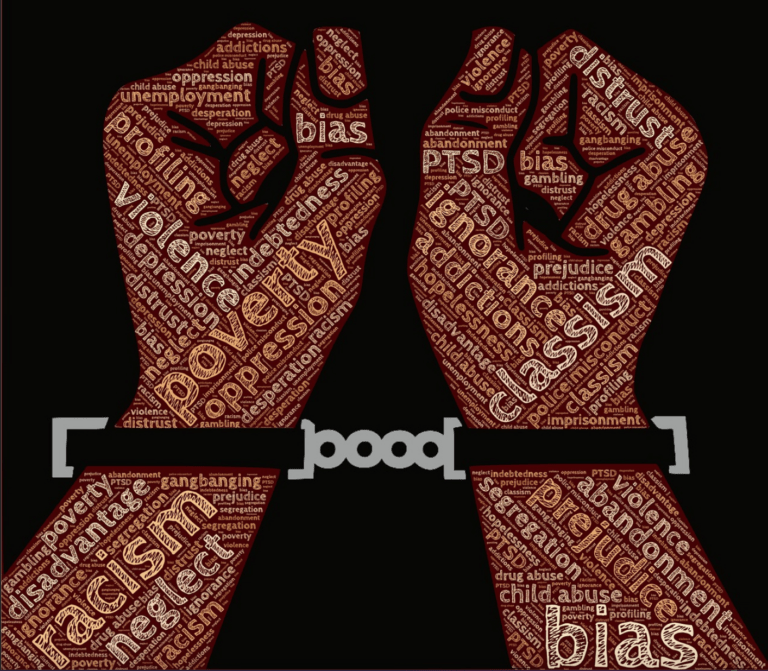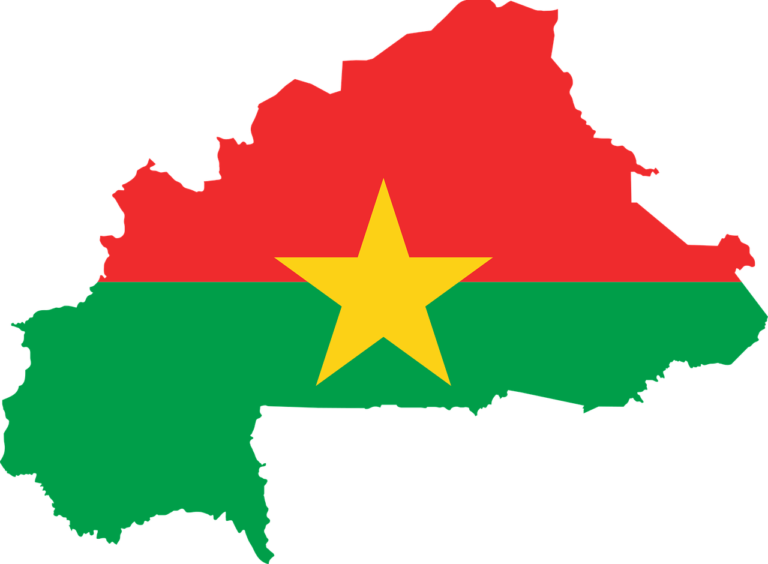Apartheid is back in certain parts of South Africa

Very few youngsters today know what “apartheid” means and although some of them claim to have heard the name Nelson Mandela, they do not know much about the man. Apartheid is a system of racial segregation unique to South Africa that was imposed by the White Europeans who settled there in 1952. Apartheid which in Afrikaans, one of the official languages in South Africa derived from Dutch, means “apartness”, a policy that governed relations between South Africa’s White minority and nonWhite majority for much of the latter half of the twentieth century. It imposed racial segregation and political and economic discrimination against nonWhites. Although the legislation that formed the foundation of apartheid had been repealed by the early 1990s, the social and economic repercussions of the discriminatory policy has persisted into the 21st century.
Research reveals these key facts: racial segregation, sanctioned by law, was widely practised in South Africa before 1948. With time, it was extended and given the name “apartheid”. The implementation of this “separate development” since the 1960s, was made possible through the Population Registration Act of 1950, which classified all South Africans as either Bantu (all Black Africans), Coloured (those of mixed race), or White. A fourth category—Asian (Indian and Pakistani)—was later added. One of the other most significant acts in terms of forming the basis of the apartheid system was the Group Areas Act of 1950. It established residential and business sections in urban areas for each race, and members of other races were barred from living, operating businesses, or owning land in them—which led to thousands of Coloured, Blacks, and Indians being removed from areas classified for White occupation. In practice, this act and two others (adopted in 1913 and 1955) had the following consequences that determined the tune of life in South Africa, for decades. More than 80 per cent of South Africa’s land became the property of the White minority. To help enforce the segregation of the races and prevent Blacks from encroaching on white areas, the government strengthened the existing “pass” laws, which required nonWhites to carry documents authorizing their presence in restricted areas. Other acts also led to physical separation of the races. Separate educational standards were established. Black children were required to attend state-run schools; the goal was to train them for the manual labour and menial jobs that the government deemed suitable for those of their race. The Extension of University Education Act, 1959 prohibited “established universities” from accepting nonWhite students. “Ethnic university colleges were founded for Coloureds, Indians, Zulus and students from other ethnic groups as well as a medical school for Blacks. Almost the whole world condemned apartheid except countries like Israel and Côte d’Ivoire (the latter maintained at least commercial ties with South Africa during apartheid).
There was always some opposition to apartheid in South Africa. Black African groups, with the support of some Whites, held demonstrations and strikes, and there were many instances of violent protest and of sabotage. One of the first—and most violent – took place in Sharpeville on 21 March 1960. The police response was to open fire, killing about 69 Black Africans and wounding many more. The Soweto uprising – a township of the City of Johannesburg Municipality – comprised a series of demonstrations led by some 20,000 Black school children. It began on 16 June 1976 in response to the introduction of Afrikaans as the medium of instruction in Black schools. They were met with fierce police brutality and many were shot and killed. The number is estimated as 176, but some sources estimate as many as 700 fatalities.
The main organization against racial decimation was the African National Congress (ANC) founded on 8 January 1912 in Bloemfontein, by Walter Rubusana, Sole Plaatje, John Dube and several others. In 1944, a left wing youth League was formed with activists like Walter Sisulu, Nelson Mandela, and Oliver Tambo. Lawyer Nelson Mandela was later appointed president of one of the main branches of the ANC. He was repeatedly arrested, then was sentenced in 1952 to life imprisonment for conspiring to overthrow the state. He served 27 years in prison. Amid growing domestic and international pressure, he was released in 1990 and in 1994 the multiracial general election was held. Mandela led the ANC to victory and became president. He led a broad coalition government which promulgated a new constitution and emphasized reconciliation. Mandela stayed in power from 1994 to 1999; he passed in 2013. The sacrifices and battles of Mandela and the ANC aimed at bringing racial equality, stamping out racial motivated violence and secure prosperity for all.
What is scary these days is to find out that some nostalgics who are still attached to the apartheid era have created their own “Whites only” communities, isolated from Blacks and Colored whom, in their words, they cannot stand. How wide will these communities grow and what will they generate? What do they represent in a post-apartheid era? Orania City (in northern Cape) is one such community. It is an enclave for Afrikaners, with 1,600 inhabitants and children are taught only Afrikaner in school. When the government took the land away from Whites, there was compensation, but the Oranians suspect that a new phase of land re-appropriation will take place and this time, Whites will not be compensated. It is, therefore, a stronghold of apartheid and Afrikaner culture. In their schools, two curricula are taught: the national one, and that of the enclave, where there is no mention of personalities like Nelson Mandela. The question that pops us here is: are these cities a sign of nostalgia for apartheid or the reflection of an unease among Afrikaners today? Some of the Whites justify their relocation to such areas with the laws aiming to increase Black employment that have ultimately turned against White south Africans who, de facto lose their jobs. High crime rates in other parts of the country are also mentioned as reasons behind such enclaves. “I like the vibration here, we set a good example for other parts of the country, we are more focused here, with less crime. We are still part of the broader community; we do not feel isolated” is what some residents say. Orania has her own currency, the Ora.
Kleinfontein, which is located 30 kilometers south of Pretoria, is a more radical, segregated White town. Founded in 1992, it has 1,300 residents who aim at creating an independent state where Blacks are not accepted because they are violent and “less civilized” as Ronelle Berrington, the CEO and founder of the community says. The residents of Kleinfontein are convinced that a civil war is about to break out between Blacks and Whites and they remain ever-ready for that clash. They stipulate that their other motives are to preserve their language and culture. “We are a cultural minority that the Rainbow nation is driving to extinction and we are combatting that”, some of them say. Balmoral is the third Whites only town. One wonders if apartheid is not gradually coming back in South Africa.
Moussa Traoré is Associate Professor at the Department of English of the University of Cape Coast, Ghana.







A critical look at this situation, shows that apartheid is era is back and if it does happen, it will be worse. The law makers have to up and doing so that what happened some decades ago does not repeat history.
Apartheid never died. Until total land is recovered without compensation. Until the minority control of over 70% of the resources are evenly distributed.